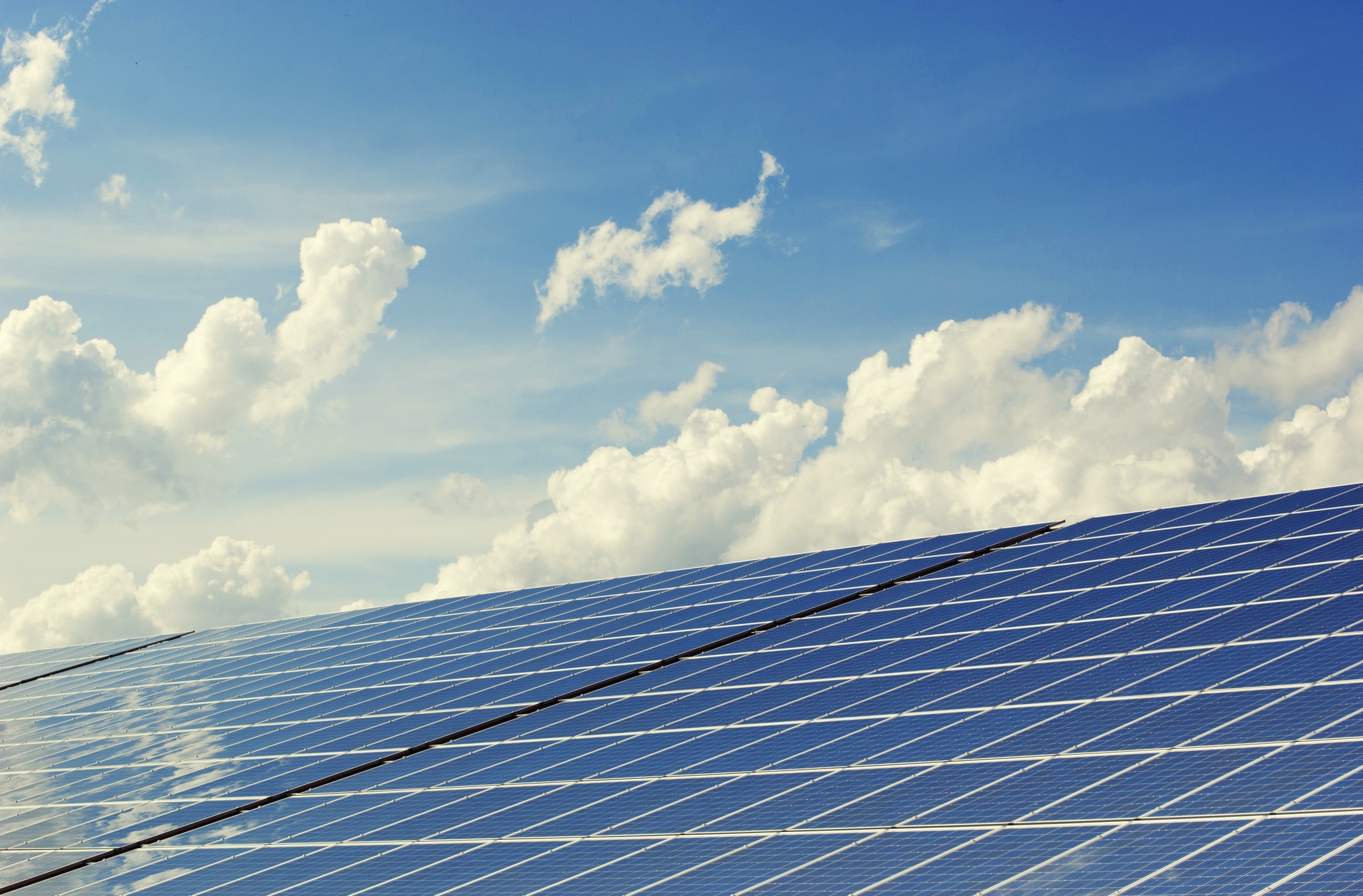Rockville Centre (RVC), a village of about 24,000 residents located in southwestern Long Island, is in the process of developing a 1-2 MW microgrid on three village-owned buildings and electric vehicle stations. The microgrid will serve several critical facilities, including healthcare facilities, police and fire stations, water pumps, street lights and traffic signals.
What is a Microgrid?
A microgrid is a local energy grid with control capability, which means it can disconnect from the traditional grid and operate independently.
How Does a Microgrid Work?
In order to understand how a microgrid works, you first have to understand how the grid works.
The grid is a central power source where various homes, businesses, and other buildings are connected. This allows us to use appliances, heating/cooling systems, and electronics. But this interconnectedness means that when part of the grid stops working, everyone is affected. All it takes to disrupt the grid is a tree falling on wires or a storm knocking down poles. Since it’s all connected, this can create a domino effect where one fallen wire can bring down another and another. This domino effect creates power outages that can span for miles, sometimes over several states.
This is where a microgrid can help. A microgrid generally operates while connected to the grid, but importantly, it can break off and operate on its own using local energy generation in times of crisis like storms or power outages, or for other reasons.
A microgrid can be powered in various ways such as by distributed generators, batteries, and/or renewable resources. The proposed microgrid in RVC will be powered by solar panels. Depending on how it’s fueled and how its requirements are managed, a microgrid could run indefinitely.
What Benefits Does a Microgrid Have on the Community?
A microgrid not only provides backup for the grid in case of emergencies but can also be used to cut costs or connect to a local resource that is too small or unreliable for traditional grid use. A microgrid allows communities to be more energy independent and more environmentally friendly.
Having a microgrid would have come in handy during devastating SuperStorm Sandy in 2012, when about eight million electric customers across 15 states lost power for up to two weeks. Although many places lost power, not everything went dark. Although there were large power outages, some people noticed lights on in neighboring buildings. These buildings had microgrids or related distributed generation.
Microgrids are often less polluting than grid power. This is because a microgrid power plant is usually fueled by renewable energy (solar and wind) or combined heat and power (CHP).
Microgrids also are more efficient because their energy is created close to where it’s used. The power does not have to travel miles and miles across large transmission lines. Some electricity gets lost when it travels across wires. So if a power plant is near the building (or on it) there is little or no loss.
As you can see, a microgrid benefits its customers and society in many ways. It provides electricity when the central grid fails, it offers local control over energy supply and saves the community money on electrical costs.
Contact Us or call us at 516.855.7283
Follow us on Twitter and Instagram @ysgsolar

